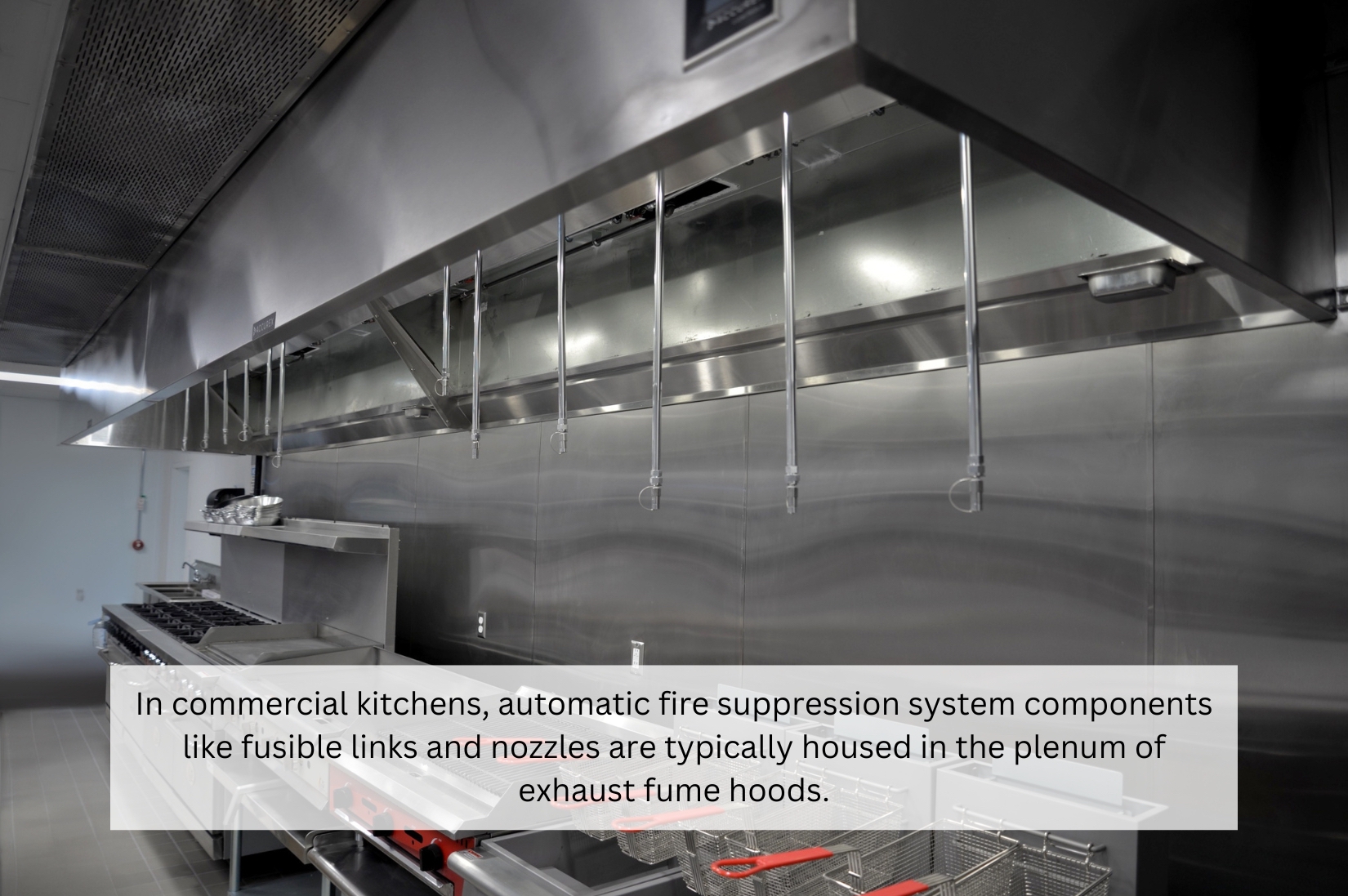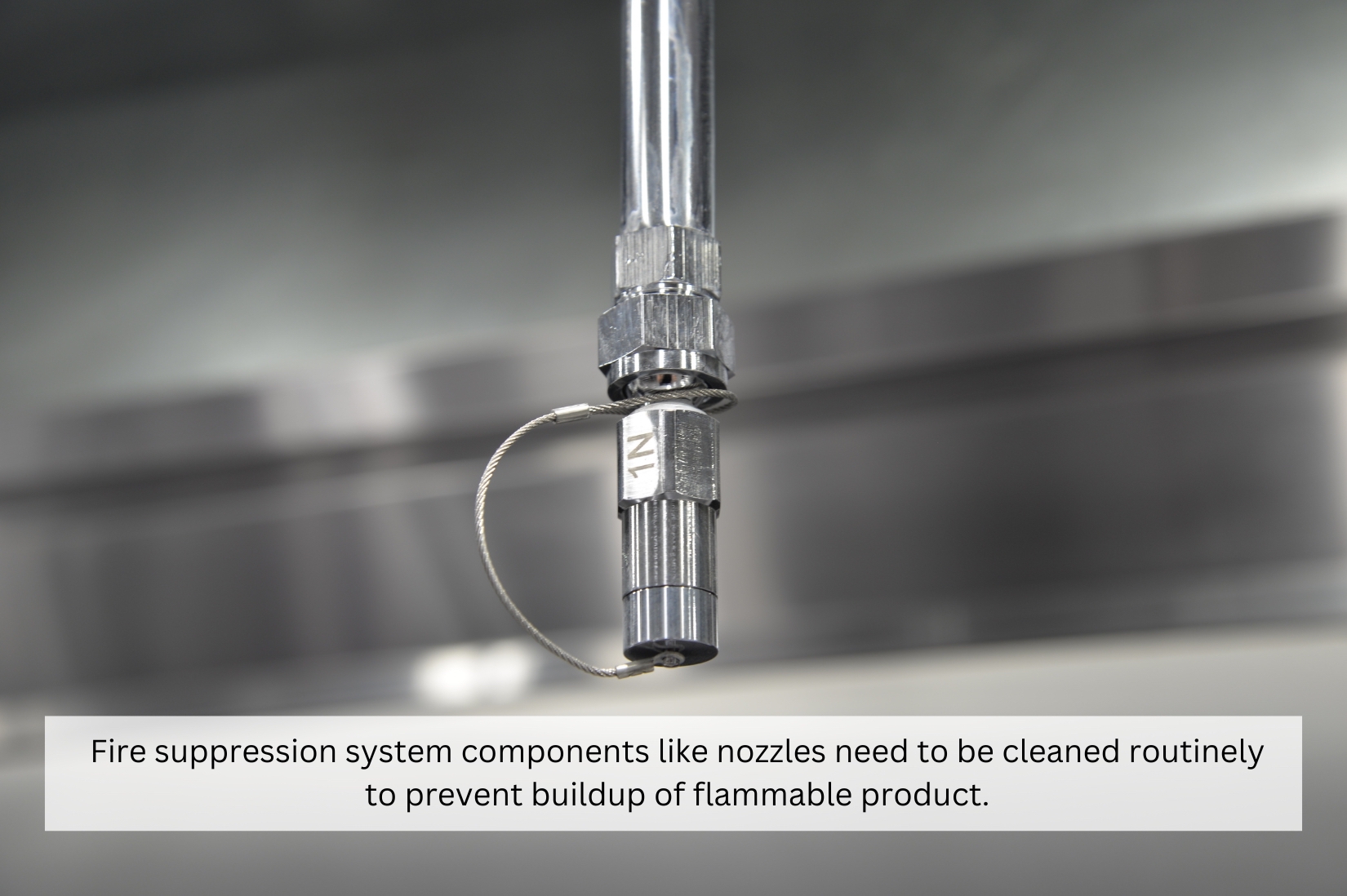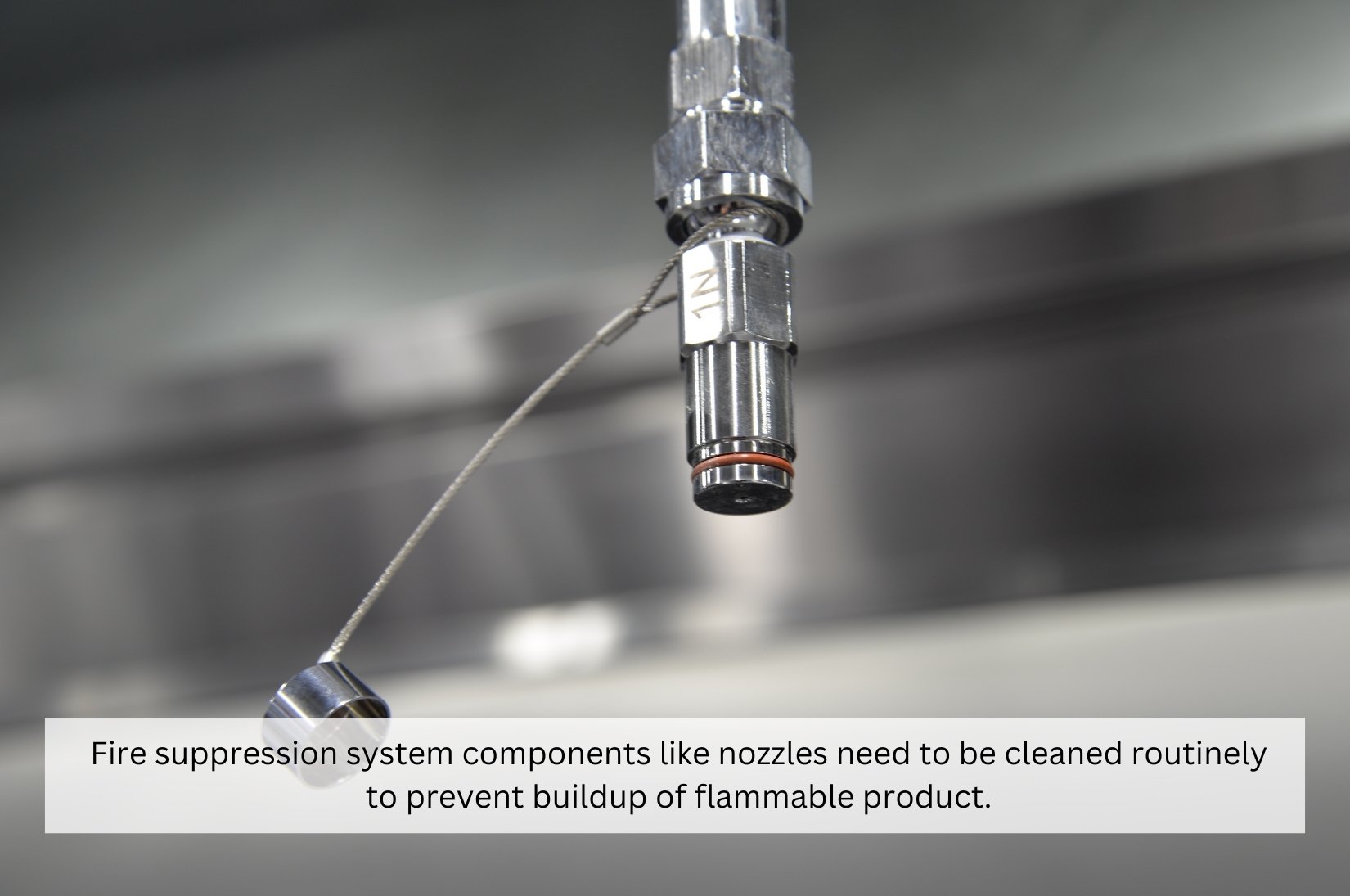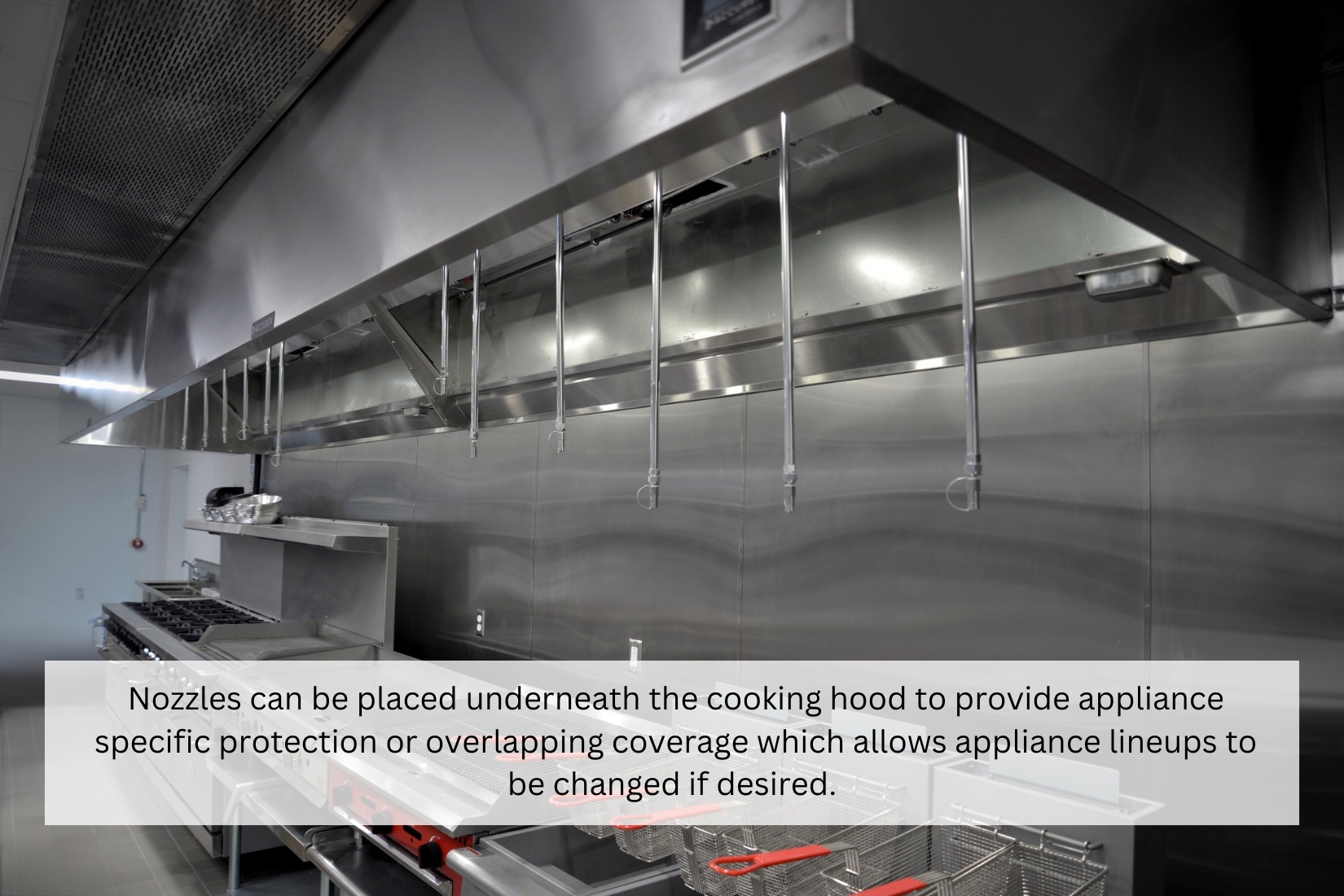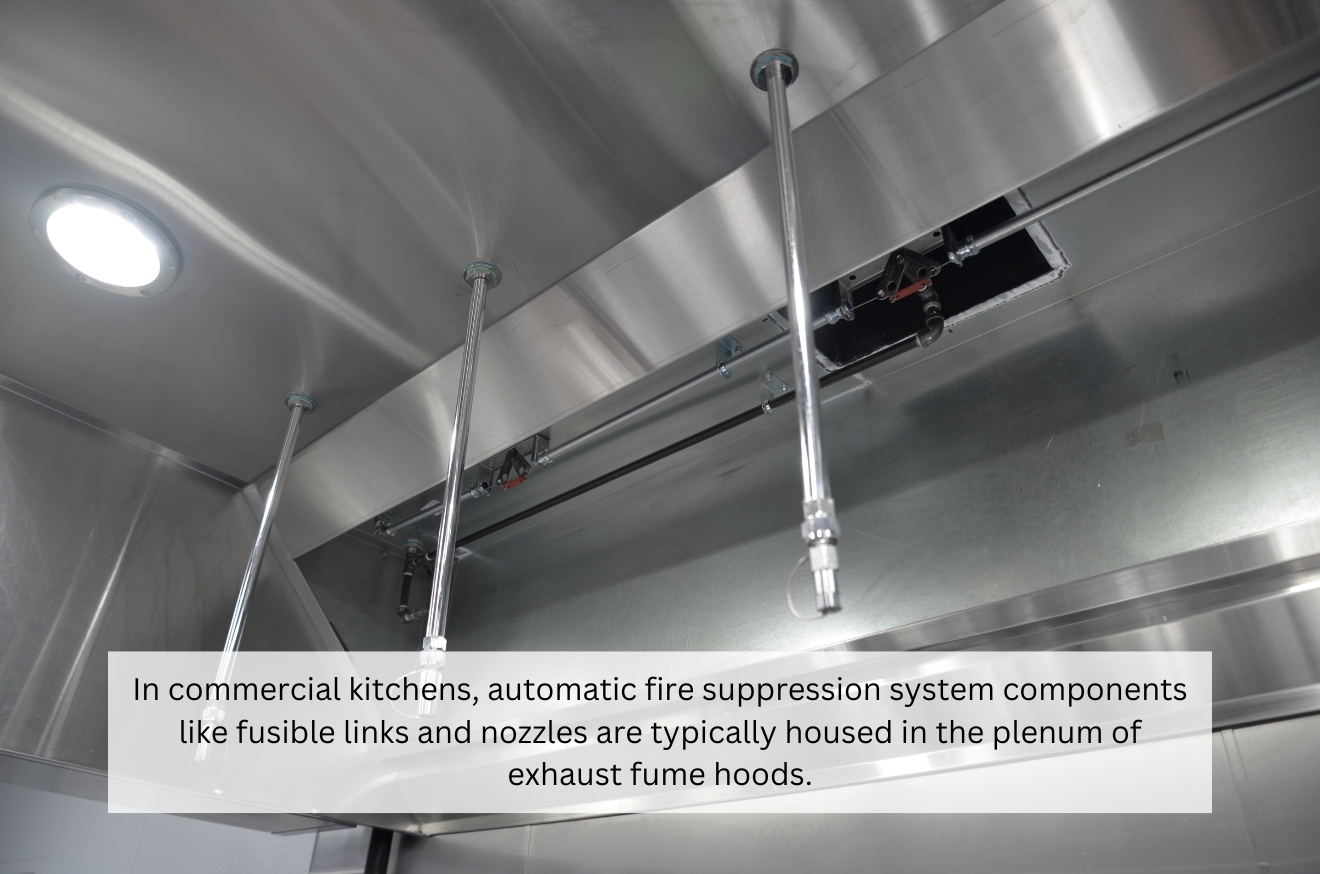
News stories about restaurant fires consistently highlight the critical importance of automatic fire suppression systems in commercial kitchens and hotel operations. Furthermore, avoiding potentially disastrous fires requires restaurant and hotel operators to collaborate with consultants, designers, distributors and installers effectively. These partnerships ensure fire suppression systems are properly designed, installed, maintained and compliant with all relevant local regulations.
However, most fire suppression systems on the market primarily meet basic industry standards without addressing specific kitchen fire protection needs. Additionally, cost-saving measures, product design limitations or lack of awareness on best practices can compromise system suitability for unique appliances. As a result, kitchens and businesses face heightened risks if fire suppression systems fail to operate as designed.
Fortunately, restaurant and hotel owners do not need to compromise system performance due to conflicting priorities, budgets or lack of knowledge. By understanding common misconceptions and adopting best practices, they can ensure systems protect kitchens and support business continuity.
Misconception 1: Kitchen hood protection has a “one-design-fits-all” solution
In commercial kitchens, the plenum of exhaust hoods typically houses components of automatic fire suppression systems, such as fusible links and nozzles. Strategic placement is crucial as it enables them to safeguard cooking appliances such as ranges, fryers and griddles. Unfortunately, some restaurant and hotel owners mistakenly assume hood-based fire protection has a “one-design-fits-all” solution across all kitchens. While this may apply to standardized chain restaurants, it often fails in independent hotels, cafes or fine-dining establishments. This is because nonstandard operations rarely have identical appliance arrangements, given varying kitchen sizes, layouts or chefs’ unique preferences. Even similar cooking appliances may differ significantly in design or operate at varying temperatures, complicating fire suppression. Consequently, fire suppression systems must align precisely with temperature ratings specific to the appliances they protect. For instance, charcoal grills produce deep-seated fires, necessitating distinct suppression techniques compared to fires from fryers. Appropriate fusible links achieve these temperature ratings, functioning as temperature-sensitive devices strategically positioned within the kitchen hood plenum. When the airflow temperature reaches the fusible link’s rating, the solder melts, activating the fire suppression system effectively.
To ensure reliable operation, fusible links must be precisely placed according to the system’s installation manual, maintaining compliance. When a fusible link’s rating aligns with the protected appliance, the system extinguishes fires early, minimizing risks. However, a rating that is too high may delay activation, allowing the fire to grow beyond the suppression system’s capacity. Conversely, overly sensitive ratings may cause premature activation, leading to unnecessary system downtime and business disruption. Trained and authorized fire suppression distributors can confirm correct fusible links and ensure optimal alignment with protected appliances. These distributors typically consult system manuals and conduct temperature studies, enhancing the overall fire suppression strategy. For new kitchens, operators should collaborate with certified installation companies, providing detailed information about planned appliances and stations. By doing so, installers can recommend tailored fire suppression systems with accurate temperature ratings for maximum kitchen safety. As a result, operators gain the advantage of customized systems offering enhanced protection and compliance with fire safety standards.
Misconception 2: Hazard analysis only applies to new kitchens
Commercial kitchens evolve continuously, and restaurant expansions or menu changes often introduce new equipment to meet growing operational demands. As a result, kitchens may adopt new cooking technologies, like pressure fryers, to replace older or outdated appliances. However, when these changes occur, some owners and operators continue using the original hood arrangements without adjusting their fire suppression systems. Consequently, the fusible links may no longer match the temperature ratings required to protect the updated appliances effectively. In addition, some nozzles discharge less suppression agent or have specific spray patterns, which can become misaligned with new appliance configurations. Unfortunately, this misalignment renders certain appliances unprotected, significantly increasing the risk of fire hazards in the kitchen.
Importance of Overlapping Fire Suppression Systems in kitchens
While some kitchens are equipped with overlapping fire suppression systems designed to handle configuration changes, many systems lack this critical feature. Therefore, when kitchen layouts change and overlapping protection is absent, it is essential to schedule a hazard analysis promptly.
Role of Hazard Analysis in Ensuring Compliance
During routine system service, trained and certified engineers or authorized distributors should conduct thorough design checks and hazard analyses to assess compliance. These evaluations ensure all kitchen components remain aligned with up-to-date fire protection requirements despite operational changes. Moreover, restaurant and hotel owners can request a hazard analysis from the distributor who originally installed the fire suppression system. This proactive measure helps verify whether the system adequately covers new appliances and kitchen configurations effectively.
Collaboration with Authorized Distributors
It is crucial to collaborate with an authorized distributor who understands the fusible link and nozzle specifications for each appliance. Additionally, the distributor should have expertise in UL 300, a rigorous fire suppression standard that tests products under worst-case scenarios. By working with knowledgeable distributors, owners can ensure their systems are designed to protect their kitchens and meet regulatory requirements.
Misconception 3: If I can’t see it, I don’t need to clean it
Regular cleaning plays an essential role in maintaining a compliant and reliable fire suppression system for commercial kitchen safety. According to NFPA 96, specific kitchen components, even those that are not easily visible, must be cleaned on a strict schedule.
It is ultimately the restaurant operator’s responsibility to ensure the kitchen is cleaned according to the NFPA 96 cleaning schedule. However, it is important to note that NFPA 96 guidelines only establish the minimum cleaning requirements for kitchens. If elements like hoods or nozzles show buildup before the scheduled cleaning, clean them immediately.
Different cuisines contribute varying amounts of grease that can evaporate and settle onto hoods and fire suppression components. Over time, grease accumulates on parts like fusible links, nozzles and suppression agent conduits, hindering their performance. Unfortunately, these grease buildups often go unnoticed because they occur behind filters or inside the hood, away from visible surfaces.
Opportunities during maintenance
Thankfully, regular maintenance offers opportunities to clean hidden areas that are crucial for fire suppression system effectiveness. For example, NFPA standards mandate that fusible links be replaced every six months, or sooner, depending on kitchen activities. Replacing fusible links involves removing filters, which provides access to fire suppression components like detection links, nozzles and piping.
The best way to ensure timely and thorough service is by securing a maintenance contract with a trained and certified distributor. The contract should specify using only original, approved parts, as nonapproved parts may void the system’s warranty.
Furthermore, the distributor ensures the fire suppression system is maintained according to regulatory standards and manufacturer recommendations. During these maintenance visits, they can also assess cleaning needs or address changes in the kitchen that may require updates.
Ensuring effective fire suppression in commercial kitchens
Commercial kitchen fire protection represents an essential and ongoing responsibility, requiring consistent attention to maintain safety and compliance effectively. However, common misconceptions often prevent restaurant owners and operators from using the right components or maintaining systems properly.
By collaborating with the right teams and asking the appropriate questions, operators can ensure their fire suppression system’s reliability. To be considered reliable systems must be UL 300 tested, fully compliant and aligned with best practices for design, installation and maintenance.
It is highly beneficial to work with a fire suppression provider who offers a wide range of advanced technology options. Partnering with an experienced provider ensures you receive knowledgeable guidance tailored to your specific fire protection needs.
By taking these steps, restaurant and hotel owners can create a safe, well-protected space that meets safety requirements and operates efficiently for years.
About the authors
- Jan Waldow has more than 20 years’ experience in fire safety focusing on commercial kitchens across the European, Middle Eastern and African Markets.
- Stanislava Garkova has close to a decade of experience in international business and HVAC and fire safety manufacturing.
For more resources and videos on protecting your commercial kitchen, click here or go to ansul.com/industry/restaurant-fire-suppression-systems.







